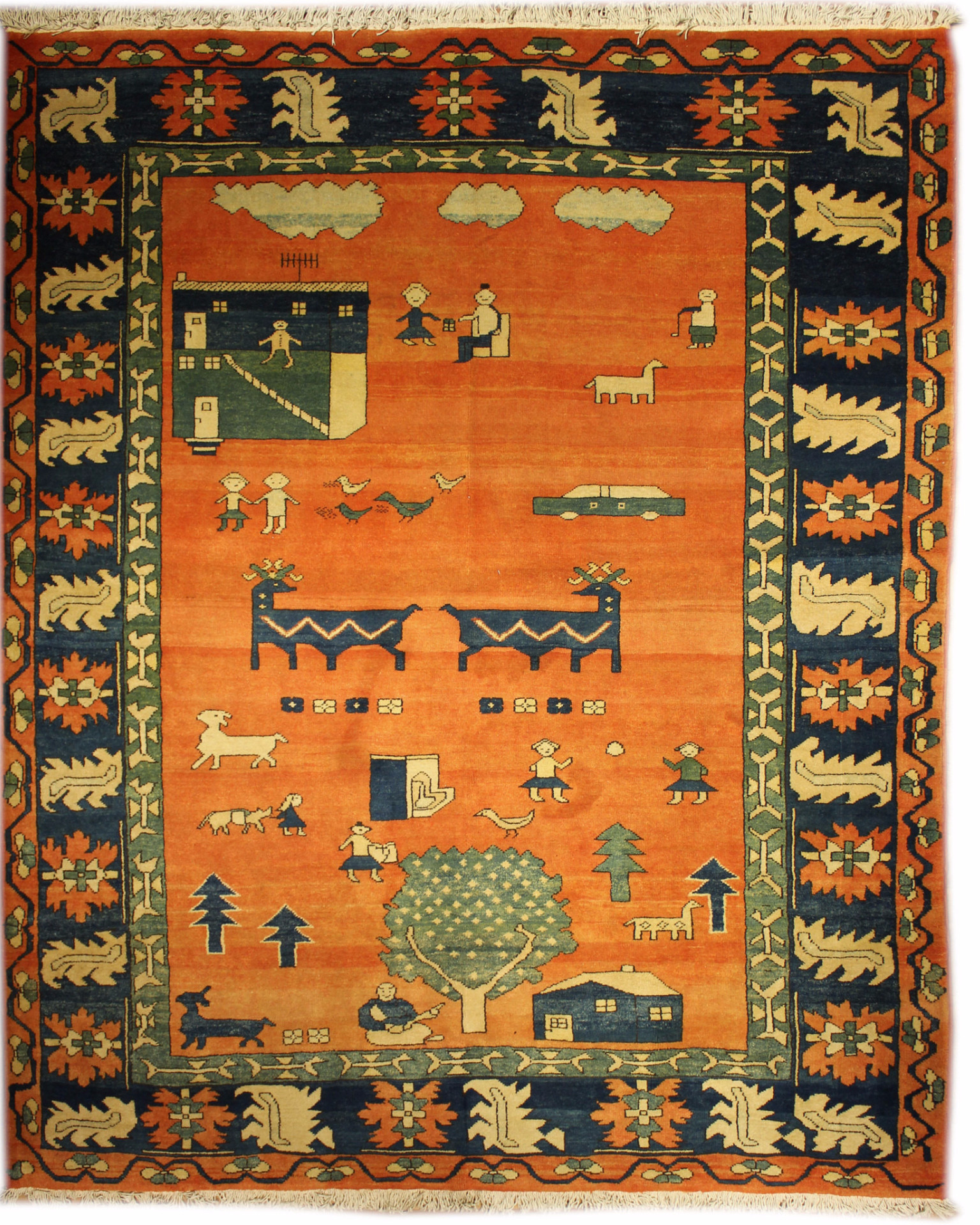Turkish Rugs: A Rich Tradition of Beauty and Artistry
- Home
- Tabrizi Rugs Blog
- Turkish Rugs: A Rich Tradition of Beauty and Artistry

For centuries, Turkish rugs have been renowned for their beauty, quality, and durability. From the intricate designs to the high-quality materials and craftsmanship, these rugs are truly works of art that have stood the test of time. In this article, we'll take a closer look at the history and characteristics of Turkish rugs, as well as some tips for choosing and caring for them.
History of Turkish Rugs
The history of Turkish rugs dates back to the 13th century when nomadic tribes began weaving carpets in Central Asia. These carpets were primarily used for practical purposes such as insulation, protection from the cold, and as saddle blankets for horses. As these tribes migrated to Anatolia (modern-day Turkey), they brought their weaving techniques and designs with them. Over time, Turkish rugs became increasingly intricate and ornate, incorporating floral motifs, geometric patterns, and intricate borders.
During the Ottoman Empire (1299-1922), Turkish rugs reached the peak of their popularity and craftsmanship. The Ottomans were known for their love of luxury and beauty, and carpets were no exception. They commissioned large, elaborate carpets for their palaces, mosques, and homes, often featuring intricate designs and vibrant colors.


Characteristics of Turkish Rugs
Turkish rugs are known for their high-quality materials and craftsmanship. They are typically made from wool, silk, or a combination of both, and are hand-woven using traditional techniques that have been passed down for generations. The designs of Turkish rugs are often symmetrical and feature bold, vibrant colors. Floral motifs, geometric patterns, and intricate borders are common, as are symbols and motifs that have cultural or religious significance.
One of the defining characteristics of Turkish rugs is their knots per square inch (KPSI). The higher the KPSI, the more intricate and detailed the design of the rug. Turkish rugs typically have a KPSI of 90-150, with some exceptional pieces having as many as 500 knots per square inch.
Choosing Turkish Rugs
When choosing a Turkish rug, it's important to consider the size, design, and color. Turkish rugs come in a variety of sizes, from small area rugs to large room-sized carpets. The design and color of the rug should complement the décor of the room, and the size should be appropriate for the space.
At Tabrizi's we're proud to offer a curated selection of handmade Turkish rugs.
Caring for Turkish Rugs
Caring for a Turkish rug is relatively simple. Regular vacuuming and spot cleaning will help keep the rug looking its best. It's also important to rotate the rug periodically to prevent uneven wear. If the rug needs a deeper cleaning, it's best to have it professionally cleaned by a rug cleaning specialist.
In Conclusion
Turkish rugs are a testament to the rich tradition of artistry and craftsmanship that has been passed down through generations. From their intricate designs to their high-quality materials and craftsmanship, these rugs are truly works of art.
Categories
Recent Posts

 CA ($CAD)
CA ($CAD) 